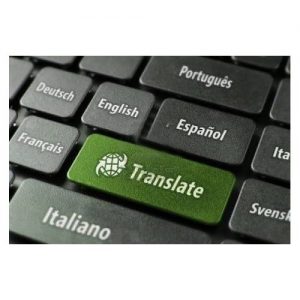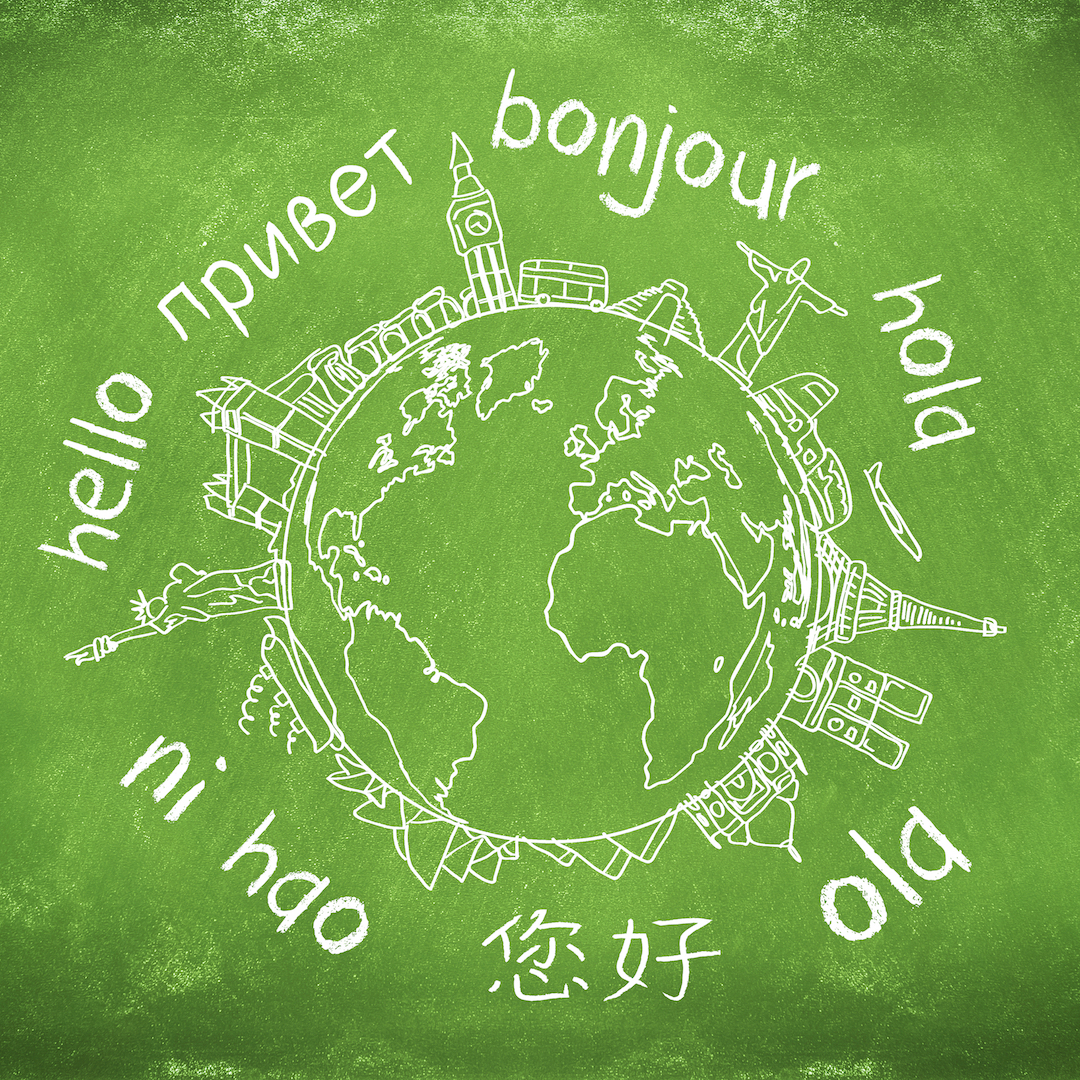Have you ever asked yourself the difference between teaching and tutoring? To answer this question in the best way, let us look at the distinction between teachers and tutors.
Teachers
- Teachers provide tuition to a large number of students, they are required to follow a standardized curriculum focused on specific academic standards. Their classroom should reach targets and this is done within a time limit.
- A teacher must try and devise a method of teaching that fits most students.
- Teachers will have to provide learning material that helps children with many different learning styles.
- Teachers will adjust the pace to the classroom as a whole, if the majority of students have understood the information the teacher can move ahead.
Tutors
- Tutors provide individual one to one tuition. They can tailor the lessons to the students’ learning style.
- Tutors can present information in several different ways or methods to help the student grasp concepts.
- Students often lead the way with tutors, they request help with specific tasks or assignments. Tutors help fill in the gaps.
- Tutors reinforce what has been taught in the classroom.
- Teachers teach a subject but tutors pay attention to the students individual needs.
- Tutors can help students with study skills and techniques. If one method does not work they will find another.
PROOF READING AND EDITING
 Proof reading and editing are important skills in the writing world. However, it is important to note when each of the skill is applied. Before a document is complete, it passes through writing then editing that is done more than once and finally proof reading.
Proof reading and editing are important skills in the writing world. However, it is important to note when each of the skill is applied. Before a document is complete, it passes through writing then editing that is done more than once and finally proof reading.
In the writing stage, a writer composes the intended ideas. During this stage, the main concern is to lay down the ideas to the very last detail. Much attention is not given to spelling, grammar, punctuation and any other writing mistake. It is after finishing the draft that one considers editing.
In the editing stage, one can start by personally editing the work. However, remember two heads are better than one. You may not fully identify the mistakes in your own work. This is because as you read through the work you do not read it thoroughly as you assume to know every detail. Thus, seeking professional printing services is the best option. A third eye can easily point out almost all the errors in your draft and also offer advise in the arrangement of ideas, add more details, use of the appropriate context words, removing of the irrelevant, unnecessary or redundant material to modify the final document.
Moreover, editing corrects issues at the core of writing like sentence construction and language clarity. A thorough editing will help improve the readability, clarity, and tone of the text. An editor will scrutinize and polish your writing for a smooth narration.
What follows editing is proofreading. By definition, proofreading is a surface-level check. It is the final check performed on a document. A proofreader will look for misspellings, incorrect/missed punctuation, inconsistencies (textual and numerical), or any other mistake that may have not been identified in the editing stage. It therefore done in the final document. it is recommendable to use a different person for it to be effective.
proofreader will look for misspellings, incorrect/missed punctuation, inconsistencies (textual and numerical), or any other mistake that may have not been identified in the editing stage. It therefore done in the final document. it is recommendable to use a different person for it to be effective.
Translation
Translation is the process of transferring written text from one language into another. Anything that is written can be translated: advertisements, books, games software, legal documents, websites, film subtitles among others.
 A translator must have excellent skills in his/her own language (s) and at least one other language as well as knowledge of and interest in other cultures, interpersonal and problem-solving skills. For translators, the ability to write well in their own language, thoroughness and research skills are essential.
A translator must have excellent skills in his/her own language (s) and at least one other language as well as knowledge of and interest in other cultures, interpersonal and problem-solving skills. For translators, the ability to write well in their own language, thoroughness and research skills are essential.
Translation enables a written text to spread to a wider scope than a document that is in one language. However, it is important not to translate a document directly from one language to another. Effective translation is achieved by having a good command of both languages in terms of knowing the sentence structures in each language. Direct translation without the knowledge of sentence structures in each language leads to readers not getting the intended meaning or misinterpretation and meaninglessness.
Author: Tr. Mary Muthoni


